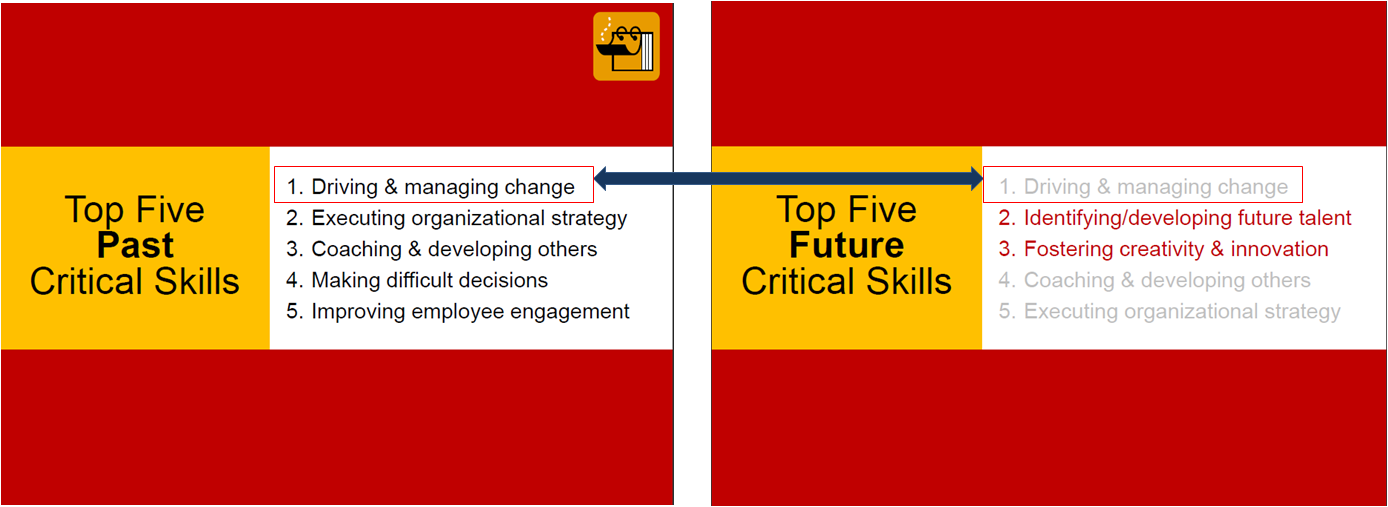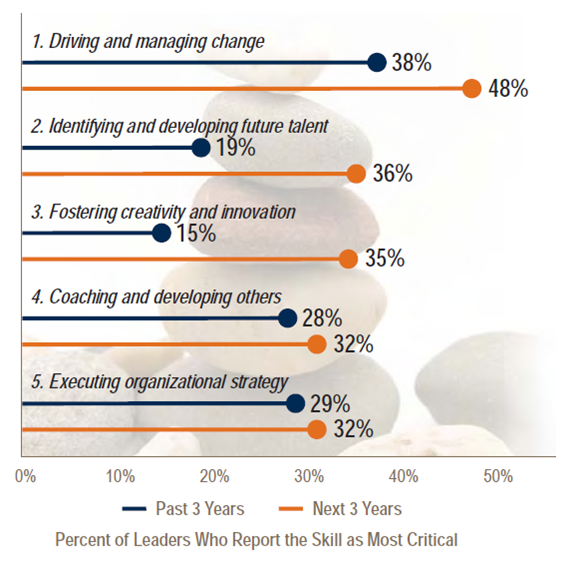Posted on?May 18, 2012?by Catherine Adenle | Comments (0)

There is nothing more difficult to take in hand, more perilous to conduct, or more uncertain in its success, than to take the lead in the introduction of a new order of things. ? Niccolo Machiavelli
By Catherine Adenle
In the workplace, no one is spared from constant change. In order to stay competitive in business, organisations must always evolve. If you are stagnating as a business, you will be left behind and forgotten. Sony Walkman and Polaroid Cameras amongst other things were once the rage until there were Mp3 Players and Digital Cameras.
Change, be it mega or micro is a response to market demands, mergers, new technology, new products, desire to improve, customers, new habits, environmental issues, stakeholder demands, shifts in markets etc. Resilient organisations are the ones that repeatedly connect and responsive to the environment they inhabit in the business world. However, nothing about managing change is easy for leaders because organisations don?t change, people do. Then, people don?t automatically change, they need to be managed and guided through change by organisational leaders. In order to drive, manage and implement a successful change as a leader, you have to know how to guide people in your organisation through change.
There is another major issue for leaders when it comes to implementing change ? it?s often difficult for leaders to implement change and for their people to readily accept change. Everywhere you look, change is occurring at an accelerated rate and any change cannot be allowed to just happen, it has to be well structured and managed.
As a leader, you may know what needs to change because you have been informed by the initiators of the change ? usually by the Directors who develop and implement strategic plans for your organization. Then, you may know when the change needs to happen because you have also been informed. You may also know the people the change will affect because you have been provided a list. Sadly, what you and all the other leaders commonly lack is the ?how to? of change management. ?How to? deliver the change, ?how to? make the change successful and ?how to? make it stick so that it is embedded in the culture of your organisation.
For companies to survive in today?s competitive environment, they need to change quickly. For this reason, managing change is a core competence that can no longer be considered one of the ?nice to have? skills. Yet, many organizations fall short in the race to quickly train their leaders to manage their change.
According to the DDI Global Leadership Forecast 2011 Report, the picture below shows the top five skills for the future in order of criticality. The vast majority of organizations surveyed for this result are in the process of changing their business models and services, going global, or looking for ways to be more competitive.

For the DDI: Global Leadership Forecast 2011 ? Over 2,600 organizations across 74 countries provided perspectives on the current state of leadership in their organizations and future talent-related needs. The study is based on data from 1,897 HR professionals and 12,423 leaders. According to the DDI Global Leadership Forecast 2011 Report, driving and managing change will remain the number one priority for leaders over the next three years, up a full 10 percentage points in the number of leaders who find it critical for their role.
 As a leader, when you manage a change well, you will be recognised for doing a great job. However, if you make a mess of any change initiative, you will face the wrath of the people affected by the change. In addition, the organisation may lose money and waste valuable resources and time. You may also be resented by the initiator and stakeholders of the change.
As a leader, when you manage a change well, you will be recognised for doing a great job. However, if you make a mess of any change initiative, you will face the wrath of the people affected by the change. In addition, the organisation may lose money and waste valuable resources and time. You may also be resented by the initiator and stakeholders of the change.
The truth is that the pace of change is not going to slow down anytime soon so as a leader you have to ensure that any change management is done in a structured manner. The most difficult aspect of change is the people aspects of change. Why? Well, people will always resist any change in the worlplace because change is different, it?s a new way of doing things round here. It is also seen as being forced on them. That?s natural, because once we get used to something, we tend to resist changing it. Moreover, people fear the unfamiliar and are afraid that they will be unable to cope in the new situation. The fear of loss of status and self esteem is a major part of why people resist change.
It is easy to change the things that nobody cares about. It becomes difficult when you start to change the things that people do care about?or when they start to care about the things that you are changing. ?Lorenzi and Riley
The single biggest reason for the astonishingly high 70% failure rate of all significant change initiatives has been the over-emphasis on process rather than people.
See Change Management: it?s the people, stupid.
As rightly said by Arthur Friedman, ??Think of an organization as all the clothes hanging on a clothes line. All parts are connected. If you pull on the socks the towels move?? You must be fully prepared as a leader to deal with any ripple effect when you manage change.
Organisational change is not about just changing one thing, it has impact on other things. Changes are increasing in organisations, yet the high levels of failure indicate that effective management of these changes is still lacking. Such a gap indicates that there is much to learn about how leaders can manage change more effectively. Surprisingly, a lot of organisations that have embraced the belief of continuous quality improvement often develop a surprising amount of resistance to change. As change begins with the end in mind, if the end does not look rosy, an individual may perceive the change process as bad and not bother to invest any effort required to make it work or stick.
See 12 Reasons Why Employees Resist Change in the Workplace
For you as a leader, change will not remain words on paper or on laptop screens. They require you to manage people so that they can shift their behaviours, mindsets and attitudes to ensure that any desired results are achieved. On paper or screen, no change will ever fail; change fails when people enter the equation. For this reason, leaders have to perfect how to initiate, plan for and manage people through change.
See Secrets of Effective Change
As a leader, gaining the skill to manage change successfully is important and one that must not be seen as a ?nice to have? skill. It is a skill that needs to be added to your leadership portfolio of skills. We all learn by doing, acquiring the skill means nothing if you haven?t utilised the skill. As a result, you may need to further equip yourself with the practice that you need to demonstrate the aquired skill or knowledge. Look for opportunities to utilise any gained change management skill. To do this, volunteer to manage a change initiative in your organisation as this will help you to utilise and transfer the knowledge. It will also help you to try the tools, methods and tips necessary for change management.
See the Requirements for Successful Organisational Change
For more information on change management, tips, methods and tools, view the presentation below:
Change Management by Catherine Adenle
View more presentations from Catherine Adenle
See the Biggest Mistakes in Managing Change and avoid them.
Let?s hear from you if you have successfully implemented any change in your organisation before and what the challenges were when you implemented the change.
Related posts:
- You Are the Pilot of Your Career Plane
- 12 Reasons Why Employees Resist Change in the Workplace
- The 5 Unhappy People You Must Convince to Change
- Get the Job, Keep the Job and Lead!
- Career Change: How Do You Know When it?s Time?
- Manage Change Successfully: Know How
- 5 Easiest Ways to Develop Your Staff
No comments yet.
RSS feed for comments on this post. TrackBack URL
martina navratilova high school shooting daytona 500 national pancake day ohio school shooting sean young arrested matt kenseth
No comments:
Post a Comment
Note: Only a member of this blog may post a comment.